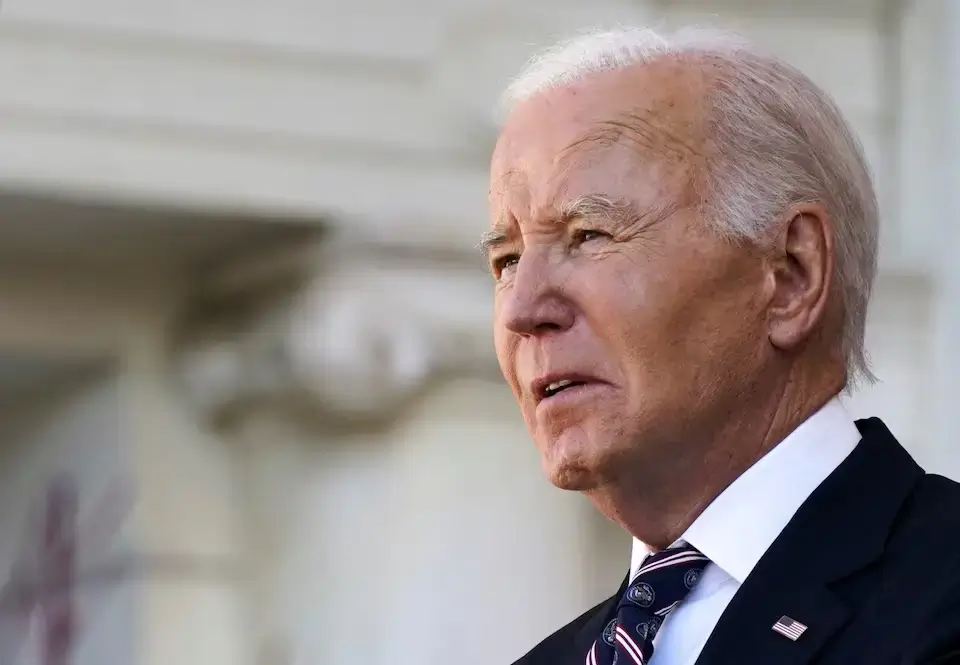In a significant reversal of U.S. policy, President Joe Biden’s administration has granted permission for Ukraine to use American-made weapons to launch strikes deep into Russian territory. This decision marks a critical turning point in the ongoing Ukraine-Russia conflict, following months of requests from Ukrainian leadership and concerns over escalating tensions.
Ukraine’s Key Victory Amid Trump Transition
The policy shift comes just two months before President-elect Donald Trump takes office on January 20, raising questions about how the new administration will handle the decision. Biden’s move aims to strengthen Ukraine’s position at a crucial moment in the conflict, as Russian forces gain ground.

Context of the Ukraine Decision
- Ukrainian President Volodymyr Zelenskiy has repeatedly urged Biden to lift restrictions on the use of U.S.-supplied weapons for targeting inside Russia.
- Russia’s recent deployment of North Korean ground troops has heightened concerns in Washington and Kyiv, prompting a reconsideration of U.S. policy.
- U.S. officials cited operational security concerns in withholding specific details about Ukraine’s planned attacks.
Ukraine to Use US Arms for Long-Range Strikes
Ukraine is set to launch its first long-range attacks using ATACMS rockets, targeting Russian military sites up to 190 miles (306 km) from the border.
Reaction from Russia and Ukraine’s Allies
The Kremlin has issued a stern warning, stating that it would view the U.S. decision as a major escalation in the conflict. Russia’s increasing reliance on North Korean troops has raised the stakes, as Moscow looks to bolster its manpower against a backdrop of ongoing heavy losses.
- North Korean Troop Deployment: The U.S. estimates over 10,000 North Korean soldiers have joined Russian forces in eastern Russia, with many deployed to the Kursk region, where they have reportedly begun combat operations.
- Polish Reaction: Poland’s Foreign Minister, Radoslaw Sikorski, stated that Biden’s decision to loosen restrictions was a response to North Korea’s involvement in the conflict.
Biden’s Rationale for Ukraine’s Military Support
The Biden administration’s decision comes after pressure from congressional Republicans, aiming to strengthen Ukraine’s position for future negotiations.
- Senior Biden Official’s Statement: “We are using the remaining time in office to ensure Ukraine can fight effectively next year or engage in peace talks with the upper hand,” a senior official said.
- Alex Plitsas’ View: “Removing targeting restrictions will finally allow Ukraine to fight without limitations,” said Alex Plitsas, senior non-resident fellow at the Atlantic Council. “However, the decision feels like it came way too late.”
Trump’s Incoming Administration and Ukraine’s Future
It remains unclear whether President-elect Trump will reverse Biden’s decision once he takes office. Trump has previously criticized the extent of U.S. aid to Ukraine and promised to bring an end to the war quickly, although he has not elaborated on his plan.
- Trump Advisor’s Criticism: Richard Grenell, a close Trump foreign policy advisor, criticized Biden’s decision in a social media post, accusing him of escalating the conflict in his final months in office.
Potential Risks and Concerns for Ukraine
Biden’s decision boosts Ukraine’s military power, but some U.S. officials and NATO allies caution against the risks of striking deep into Russian territory.
Key Concerns:
- Risk of drawing NATO members into direct conflict
- Possible escalation leading to nuclear retaliation
- Uncertainty over the stability of the conflict as Trump takes office
Ukraine’s Strategic Position and Long-Term Goals
Despite losing some of the ground gained in its August incursion into Kursk, Ukraine’s leadership believes that lifting restrictions on U.S.-supplied weapons will allow its forces to strike more effectively and possibly regain lost territory. Zelenskiy hopes that this change will serve as a strategic advantage in future negotiations.
Biden’s Long-Term Strategy for Ukraine:
- Strengthen Ukraine’s military capabilities ahead of potential ceasefire talks
- Pressure Russia to negotiate by allowing deeper strikes on its military assets
- Respond to the increased involvement of external actors, like North Korea
Looking Ahead for Ukraine
The decision marks a major escalation, with Ukraine’s long-range strikes imminent. The coming months will determine if the policy shift alters the war’s course.

